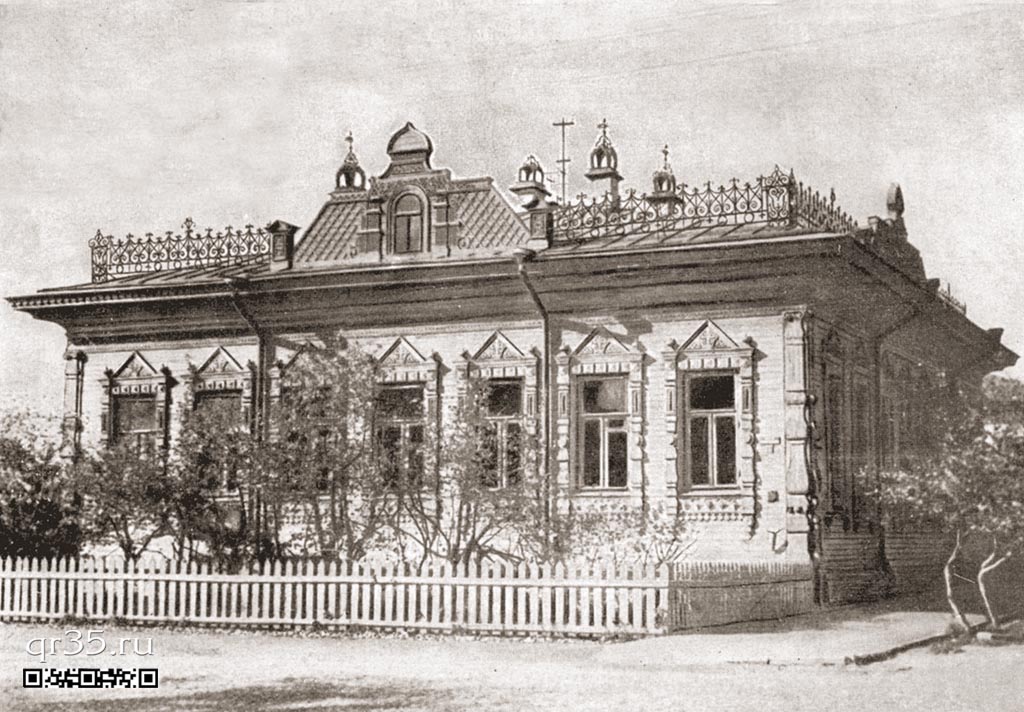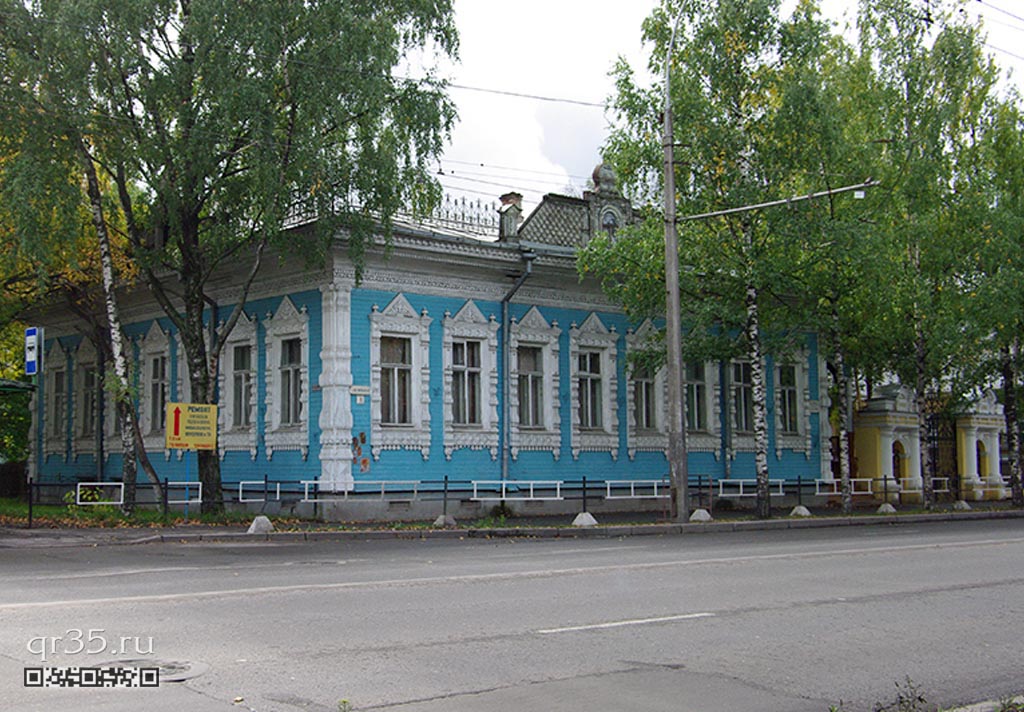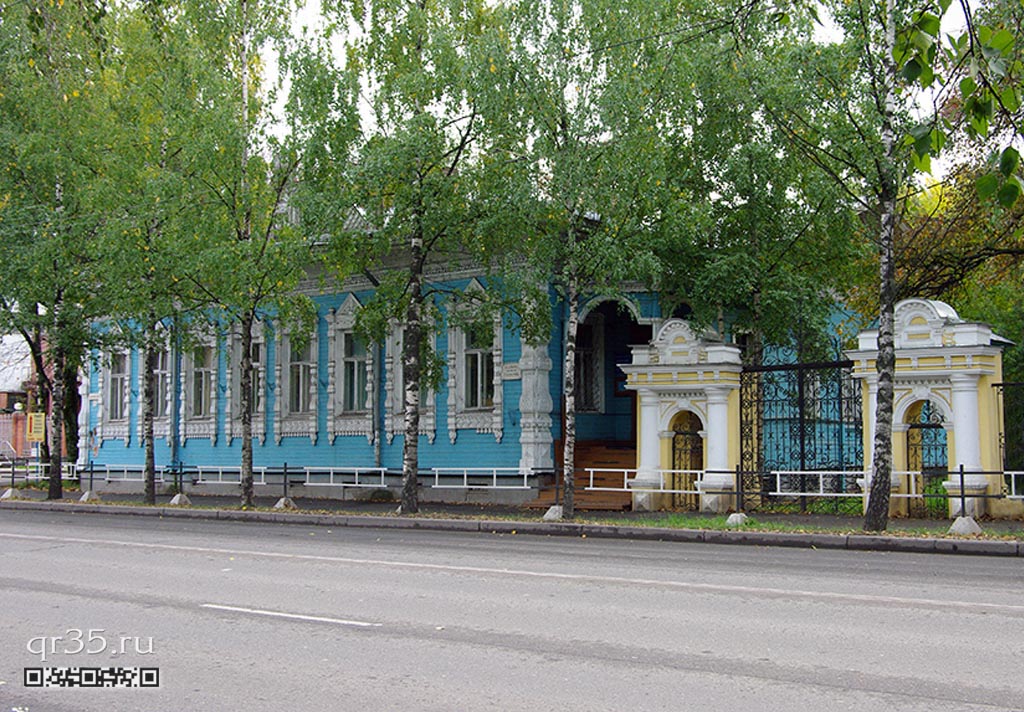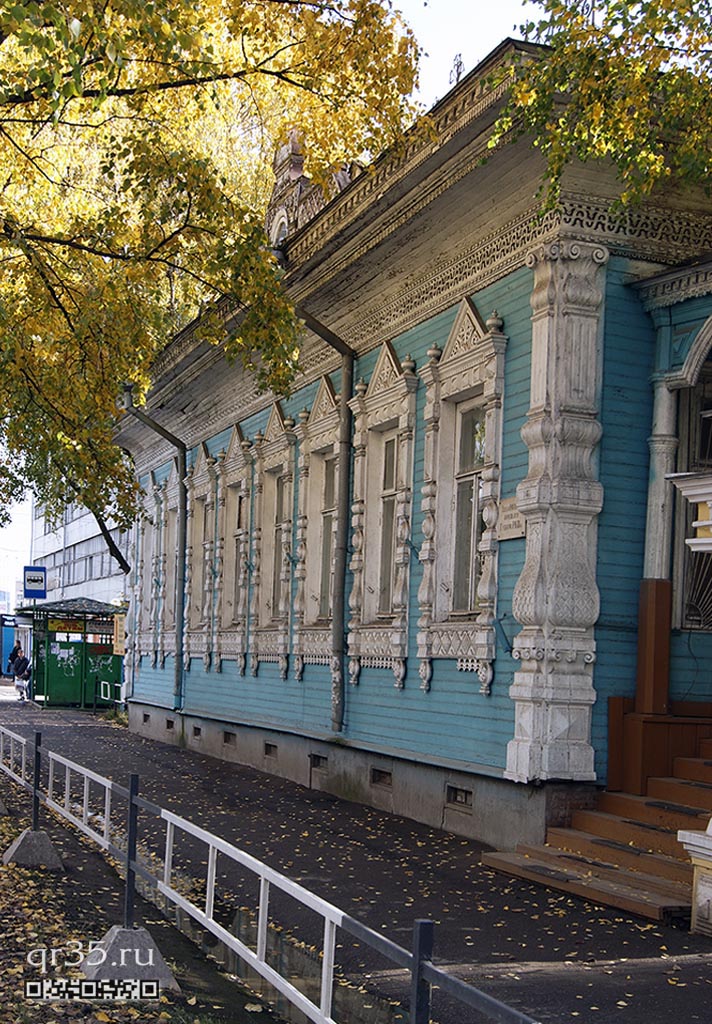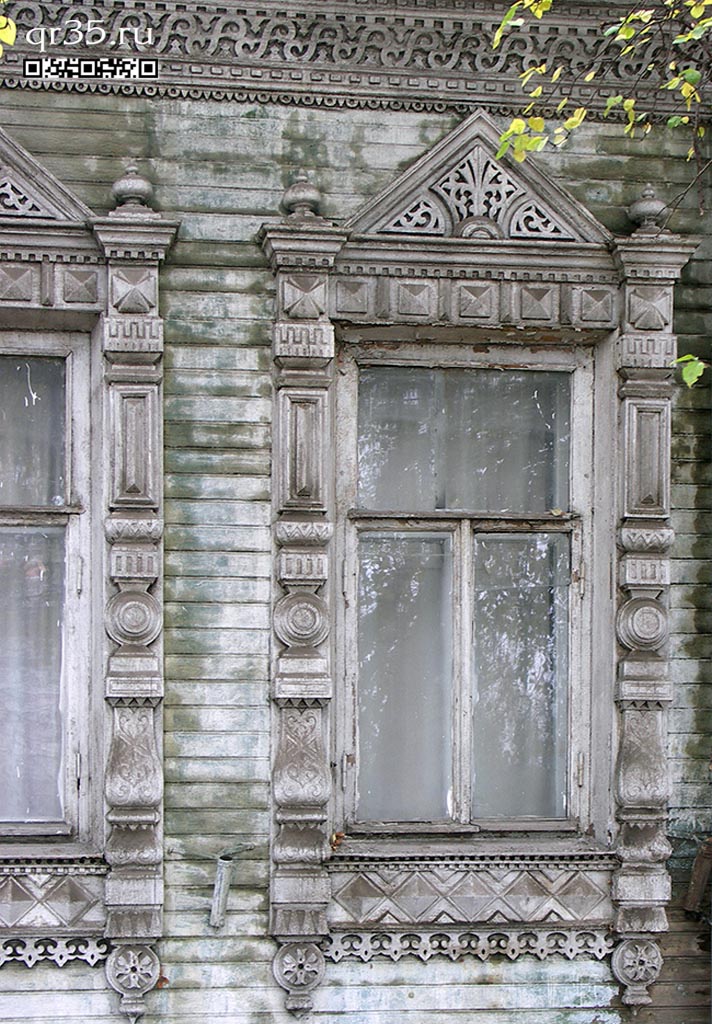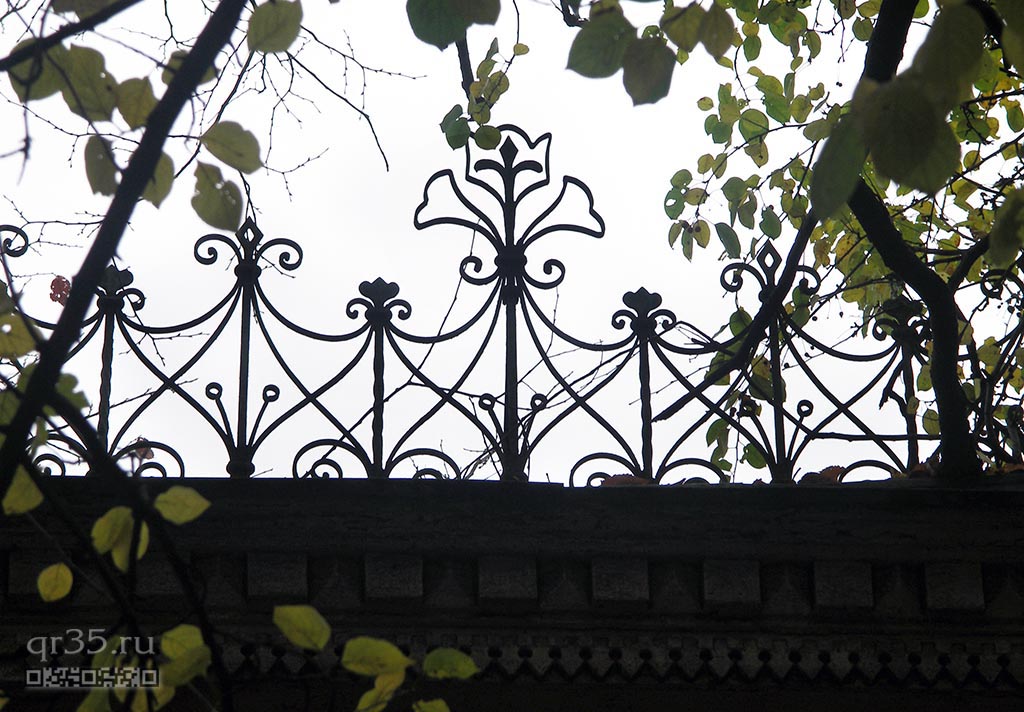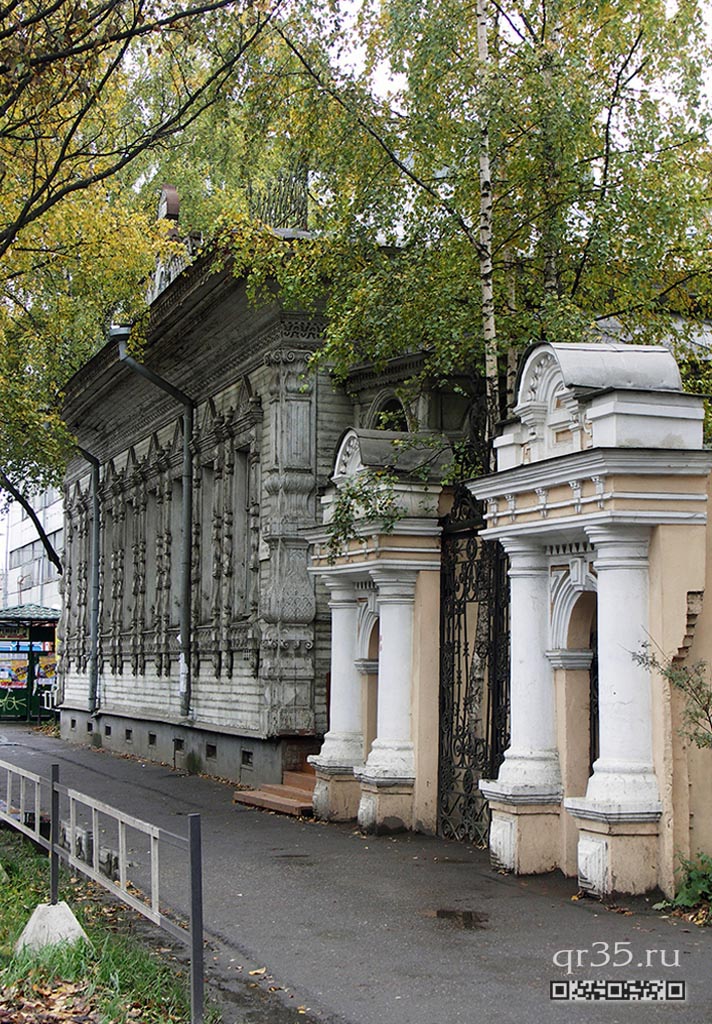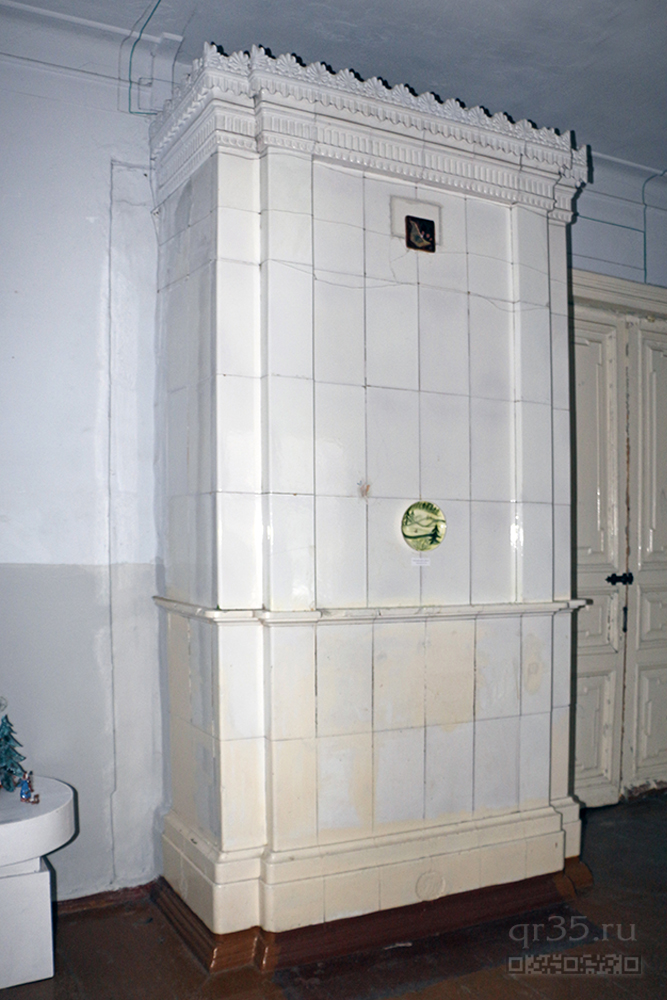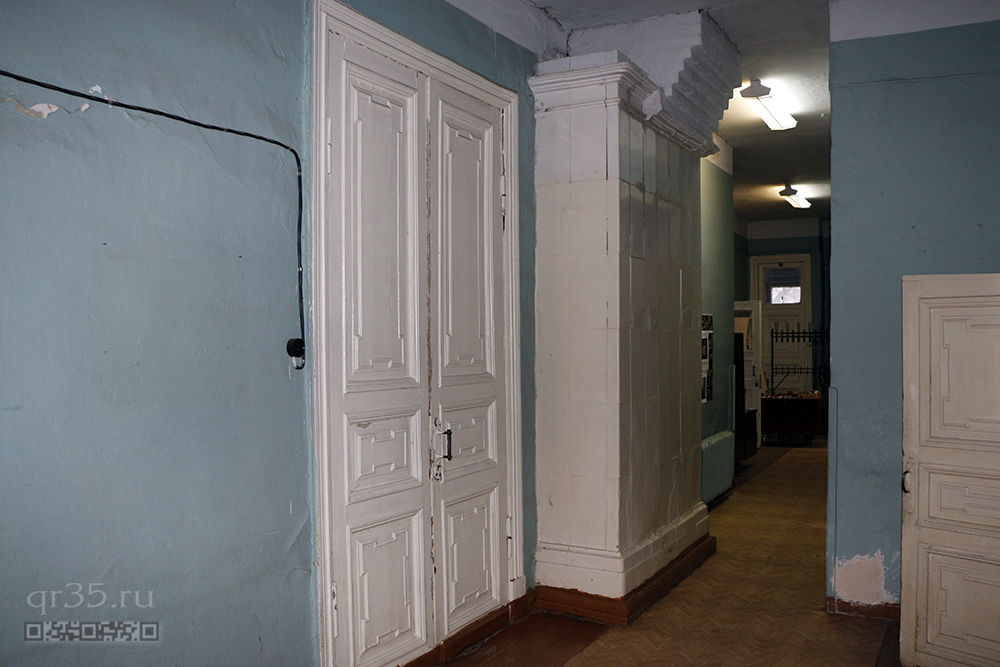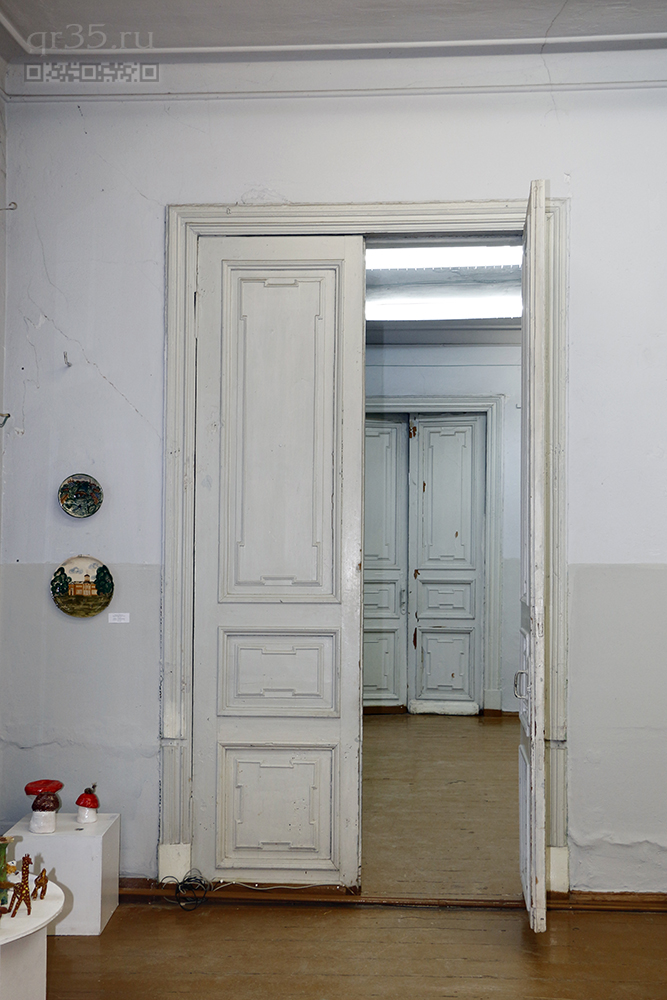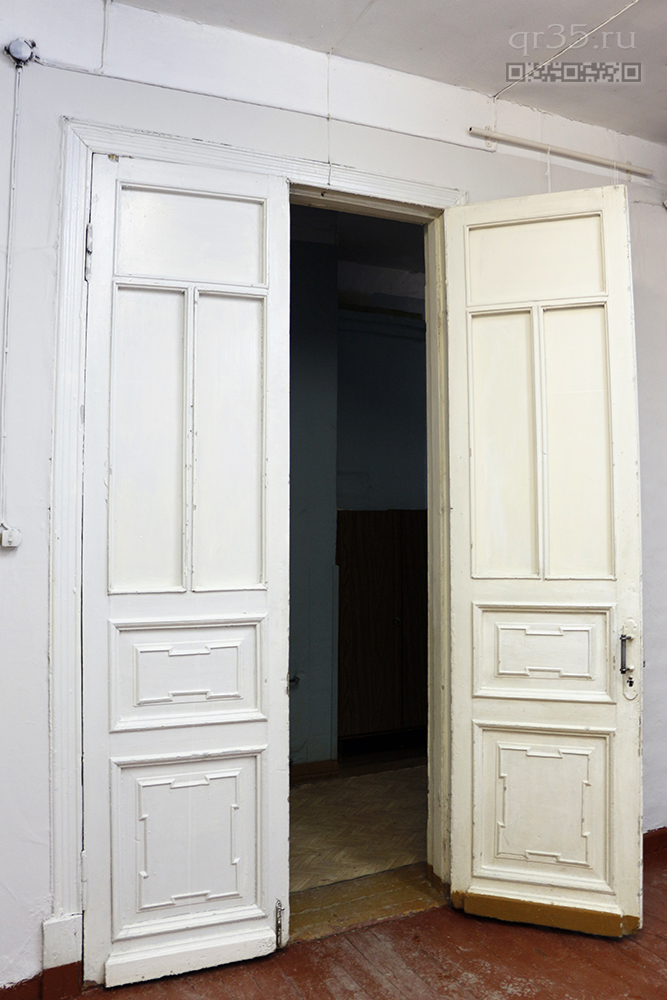A Habitable House: 11 Oktyabrskaya St.
GENERAL INFORMATION
Dating: end of the 19th century.
Type: A historical monument.
Status: a cultural heritage site of regional importance.
State protection registration document: Resolution of the Executive Committee of the Vologda Regional Council of People’s Deputies No.760 of December 30, 1958.
Address: 11 Oktyabrskaya St., Vologda, Russia.
Brief description.
The house, a mansion, was built as a private residence at the end of the nineteenth century. The house itself is an example of the Russian Revival (Pseudo-Russian) style of Architecture which was emerging in popularity at the time of its construction. Since the beginning of the twentieth century the house has been used for administrative purposes.
Condition: fair condition.
Contemporary use: the regional Vologda branch of the national charitable foundation “Russian Children’s Fund” is currently based at the house.
HISTORY
The house, originally belonging to Yakov Alexandrovich Burlov (1828-1913), sits at the corner of Oktyabrskaya and Cheluskentsev Streets. Yakov himself was a hereditary honorary citizen of Vologda and merchant of the second guild. His family consisted of six sons and two daughters. In 1875 Burlov opened a tannery on the Fryanzinovskaya embankment that produced different types of leather, including a very high quality “Yuft” (Russian Leather). In 1896, at the National Art and Industry Exhibition in Nizhny Novgorod, Burlov’s “Yuft” leather was awarded a gold medal. By the end of the nineteenth – beginning of the twentieth century Burlov had established a family business, “Yakov Burlov and Sons”, opening two tanneries in Vologda and three Dairies in Totma and Kadnikov counties (located within the current Vologda Region).
Burlov’s enterprises, at that time, accounted for 12% of the total industrial output of Vologda.
Until 1918 the house was also home to the Vologda District “Zemstvo” (a form of local government instituted during the reforms of Alexander II). From 1918-1920 the house was occupied by the RCP(B) – Vologda Chapter of the Russian Communist Party (Bolshevik) – which was at that time headed by First Secretary Alexander Vasilyevich Maltsev, the great revolutionary, politician, and party activist. Because of Maltsev’s history in Vologda the former Pyatnitskaya Street is now named Maltsev Street. At the close of the twentieth century the mansion housed an annex for the library of the Vologda Teacher Training College, the branch office of “Russian Children’s Fund” and the art and pottery studio “Blue Bird.” Currently, the building is being prepared for restoration.
Architectural description
It is a one-story wooden house containing a basement and built upon a brick foundation. The house’s walls are fit from fine wood and its street facades are richly decorated in the Russian Revival architectural style. The windows of the house are decorated with large (triangular) pediments and are separated with hand-sculpted pilasters. Each corner of the house is flanked with carved pilasters topped with stylized Ionic capitals. The house is crowned with a molded cornice, sculpted valances, and a ribbon-carved frieze. Over the central section of the main façade sits an ornately-carved and at the same time oddly-shaped attic. In the very center of the attic is a small, arched dormer window. From the front of the house the edges of the roof can be seen to have enclosed, forged-metal latticework. The front porch, located just off of Oktyabrskaya Street, has a large arched canopy and an outbuilding with a separate entrance sits in the courtyard of the house. The interior of the house contains traditional white-tiled stoves and wood panel doors.
In the front yard, adjacent to the front of the house, are lavishly decorated wrought-iron gates fastened to two brick pylons and filled out with Tuscon-style semi-columns and arched gates. The pylons support a carved entablature, above which rises the stylized attic.
LOSS, RECONSTRUCTION, RESTORATION
The house has never gone through a full restoration. It has been subject to mostly pragmatic renovation and repairs (most currently with its heating and plumbing systems). Unfortunately, elements of the stucco ceiling have been lost during its repairs. In addition, repairs done at the outset of the twenty-first century caused some damage and loss to the wrought-iron gates. Through the repair process some of the wrought-iron elements have been replaced, not fully replicating the originals. (For example, the initials “Y and B” of the original builder have been replaced with “PVE.”)
Text by O.A. Plekh, A.V. Suvorov.
Translated Natalia Maroon, Bradley Maroon.
Sources and Literature
- Истории старых улиц г. Вологды : сборник : машинописная рукопись / Бюро историкореволюционной секции при Вологодском краеведческом музее, конец 1960-х гг.
- Паспорт памятника истории и культуры г. Вологды: здание, в котором в 1918 году размещался Губком РКП (б) // Архив АУК ВО «Вологдареставрация», отдел учёта.
Information about our partner
In 2013, through the funding of our project partner, the communications and mobile operator Tele2, an information plate containing a QR-code was installed on the house.
© OOO NITS «Drevnosti Severa», 2013-2017. All rights reserved.
160004 Vologda, 58 Oktyabrskaya St, office 48. Tel.: +7 (8172) 72–79–60. http://www.drevnostisevera.ru. E-mail: drevnostisevera@mail.ru

